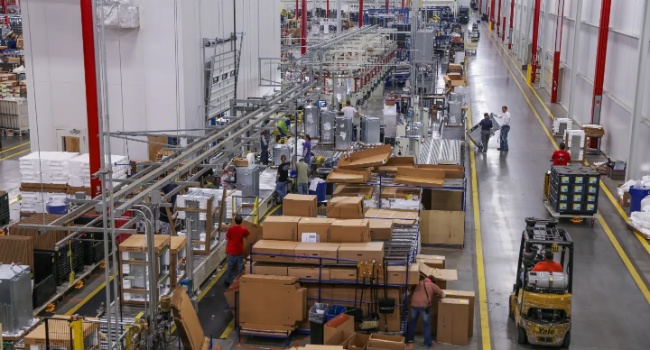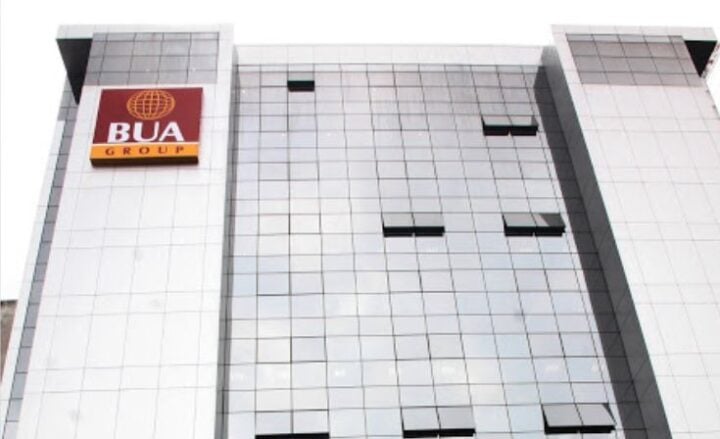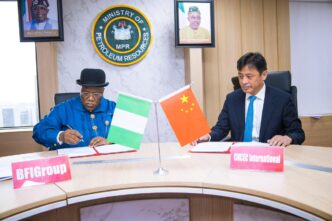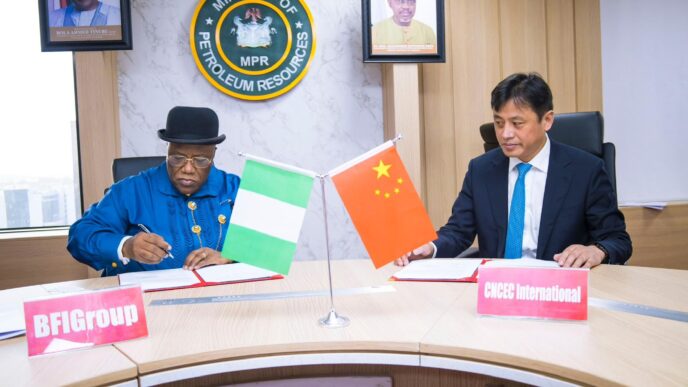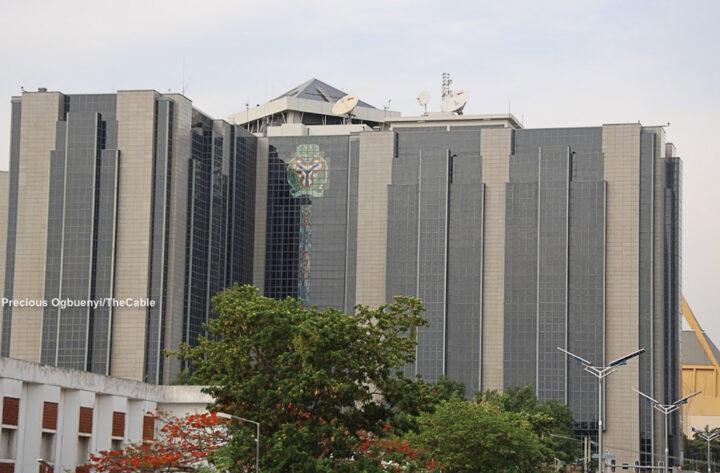The Manufacturers Association of Nigeria (MAN) says unsold goods in the manufacturing sector rose to N1.24 trillion in the first half (H1) of 2024.
In the association’s first-half economic report, Francis Meshioye, president of MAN, said the unsold products rose by 357.57 percent year-on-year.
Meshioye attributed the significant rise in unsold inventory to a drop in consumer purchasing power, driven by rising inflation, the removal of subsidies, and the devaluation of the naira.
He said the high volume of unsold inventories highlights the challenges consumers are facing, stressing the need for measures to boost demand and enhance the sector’s performance.
Advertisement
“The inventory of unsold finished products in the manufacturing sector surged by 357.57 percent year-on-year, reaching N1.24 trillion in H1 2024,” the MAN president said.
He said capacity utilisation in the manufacturing sector experienced a slight year-on-year decrease, dropping to 56.4 percent in H1 2024 from 56.5 percent in the same period in 2023.
Meshioye, however, reported a 2.8 percent increase compared to H2 2023 — indicating some recovery.
Advertisement
“Real manufacturing output in Nigeria declined by 1.66 per cent year-on-year in H1 2024, falling to N1.34 trillion from N1.36 trillion in H1 2023,” he said.
“In spite of this decline, the sector saw a 9.97 per cent increase compared to H2 2023, driven by a baseline effect.
“In nominal terms, the manufacturing sector’s output in Nigeria increased by 30.38 per cent year-on-year, reaching N5.34 trillion in H1 2024.
“This growth was primarily driven by the sharp rise in domestic prices, as reflected in the Consumer Price Index, which surged to 34.19 per cent in June 2024,” he said.
Advertisement
Meshioye said the manufacturing sector’s local raw material sourcing slightly improved to 56.03 percent in H1 2024, up from 55.4 percent in H1 last year.
He said the modest increase reflects a gradual move towards local sourcing, driven by challenges in accessing foreign exchange.
The MAN president said certain sectors, including non-metallic mineral products and textiles, apparel, and footwear, experienced declines in local sourcing, reflecting the difficulties of moving away from imported raw materials.
‘WEAK NAIRA INCREASED INVESTMENT’
Advertisement
Meshioye also noted that investments in the manufacturing sector continued to grow, reaching N250.13 billion in H1 2024, marking a 29.63 percent year-on-year increase.
He said the increase was mainly driven by the depreciation of the naira, which raised the cost of importing machinery and other necessary assets.
Advertisement
“In real terms, investment spending did not increase, as manufacturers focused on maintaining current production levels rather than expansion due to the challenging economic environment,” the MAN boss said.
“Also, electricity supply to industries showed some improvement in H1 2024, with average daily supply hours increasing to 11.28 hours per day.
Advertisement
“However, the cost of providing alternative power continued to rise, with manufacturers spending N238.31 billion on alternative energy sources in H1 2024, a 7.69 per cent increase from H2 2023.
“The surge in costs was driven by higher prices for diesel, gas, and other energy sources, as well as the need for manufacturers to invest in self-energy generation due to unreliable power supply from the national grid.”
Advertisement
‘H1 2024 MARKED BY SIGNIFICANT CHALLENGES FOR MANUFACTURING SECTOR’
Meshioye said the manufacturing sector’s H1 2024 report highlight an urgent need for the implementation of decisive and coherent economic reforms.
He noted that the reforms are intended to tackle the challenges confronting manufacturers.
According to the MAN president, the reviewed period was marked by significant challenges for Nigeria’s manufacturing sector, such as high operational costs, reduced consumer demand, and increasing inflation.
Although some sectors demonstrated resilience and growth according to Meshioye, he said others faced difficulties with declining production values, increasing inventories, and reduced employment.
He said the report focused on manufacturing indicators such as capacity utilisation, production value, inventory levels, use of local raw materials, investments, and expenditure on alternative energy sources, among others.
Meshioye identified key focus areas as strengthening policy consistency, enhancing the business environment, and promoting economic diversification.
“The success of these reforms will be crucial in reversing the current economic downturn, creating jobs, reducing inflation, and improving the overall welfare of Nigerian citizens,” he said.
“As the country navigates through these turbulent times, the resilience of its policy framework and the effectiveness of its economic management will determine the path forward.”
‘LINGERING IMPACT OF HIGH INTEREST RATES HINDERED GROWTH’
Meshioye said the global economy remained resilient during the period, with major economies managing to avoid a severe downturn and reducing inflation without increasing unemployment.
The MAN president, however, said the lingering impact of high interest rates, debt sustainability challenges, persistent geopolitical tensions, and worsening climate risks continued to hinder growth.
He warned that the factors threatened decades of development gains, particularly for developing countries and small island states.
Also, Meshioye said the economic outlook for many African nations had worsened due to high inflation, rising borrowing costs, ongoing exchange rate pressures, and political instability.
He added that Nigeria’s economy is still grappling with significant challenges that have hindered its growth potential and undermined economic stability.
Meshioye said despite efforts to stabilise the economy, including the aggressive monetary tightening by the Central Bank of Nigeria (CBN), the desired results in terms of curbing inflation and promoting growth remained elusive.
Add a comment
